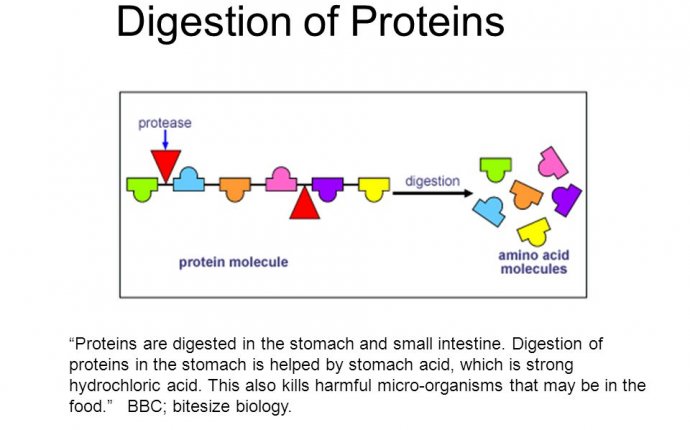
BBC Micro Organism
Ancient bacteria trapped in a state of suspended animation for 250 million years are the world's oldest living things, claim US scientists.
The microbes are ten times older than any previously discovered living organism and may reopen the debate about the origins of life on Earth.
The bacteria were found in salt crystals buried almost 609 metres (2, 000 feet) below ground at a cavern in south-east New Mexico, US.
Until now, the world's oldest living survivors were thought to be 25-40-million-year-old bacterial spores discovered in a bee preserved in amber.
|
We're 250-million-years and counting as far as the survival of an organism goes in a crystal. |
|
Dr Russell Vreeland |
They can exist in a state of suspended animation for long periods.
Dr Russell Vreeland, from West Chester University, Pennsylvania, and colleagues, made the latest discovery.
"There are a lot of people who believe that organisms can survive long-term, particularly the spores themselves, " Dr Vreeland told BBC News Online. "We have provided the strongest evidence that in fact these things could survive for extremely long periods of time.
"We're 250 million years and counting as far as the survival of an organism goes in a crystal."
Origins of Life
The crystals were in a drill sample taken from an air intake shaft at the Waste Isolation Pilot Plant (WIPP), the world's first underground dump for radioactive waste left over from making nuclear weapons.
When they were extracted from the crystals in a laboratory and placed in a nutrient solution, the micro-organisms revived and began to grow.

The crystal that contained the organisms
The bacterium, known as Bacillus strain 2-9-3, resembles modern-day organisms found in the Dead Sea.The bacterium also raises questions about how life began on Earth.
It has re-opened an old debate: whether it is possible for life in the form of DNA or dormant microbes can be carried by asteroids or comets, or drift in interstellar clouds, to fall and colonise suitable planets such as the Earth.
Travelling at the speed of light, the nearest star to the Earth would take 4.2 years to reach and the nearest galaxy 2.2 million years.
But even huge distances like these might be within reach for bacteria that live for 250 million years.
"Once you're out to that distance then you are easily within the time period necessary for a rock to be blown off Mars, for instance, or even from a planet on a nearby star, and for that rock to travel to the Earth, " said Dr Vreeland.
He said his personal belief was that life did start on Earth, but the discovery meant it was theoretically possible for life to travel between planets.
Martian meteorites
The most intriguing question, he said, was whether other planets, such as Mars, might harbour life.
Salt deposits in the form of halite - the crystals in which the long-lived bacteria were found - have been discovered in Martian meteorites.
"When we go to explore Mars, salt crystals would be a spot to look at, " Dr Vreeland added.
In this study, reported in the journal Nature, the authors took steps to minimise the risk of contamination from ubiquitous modern-day bacteria by sterilising the surface of the crystal. They said the chance that the strain 2-9-3 came from some external source was about one in a billion.
But independent experts said the team's findings would have to be replicated by other researchers before it could be fully accepted.



